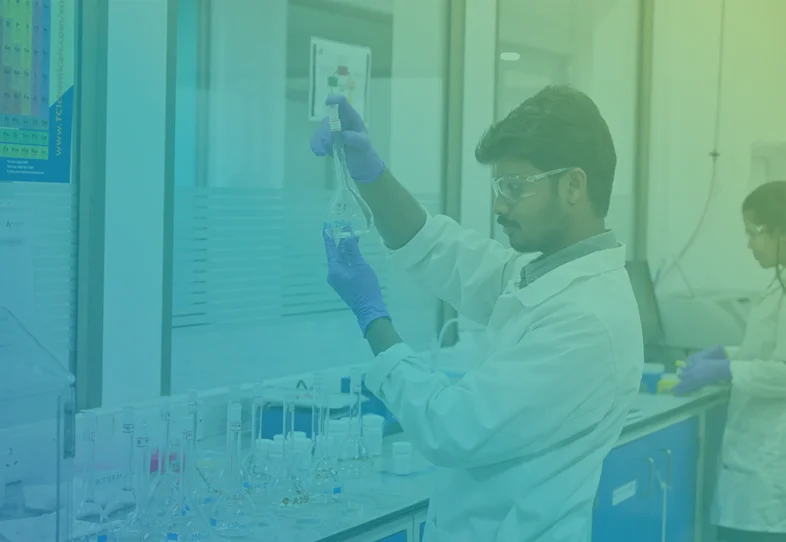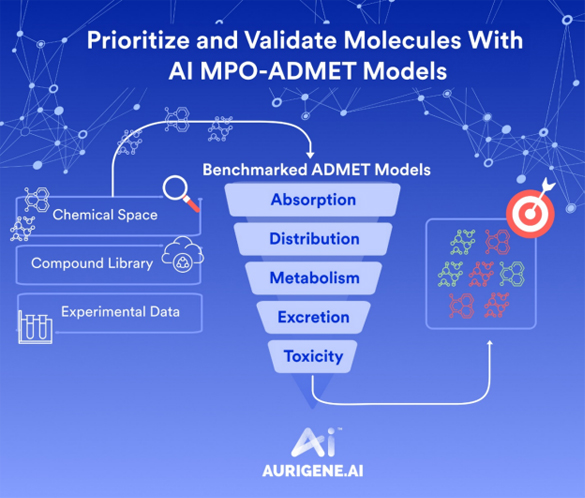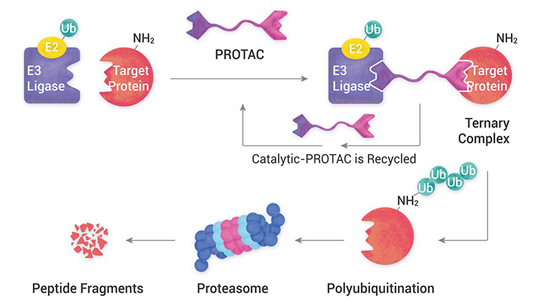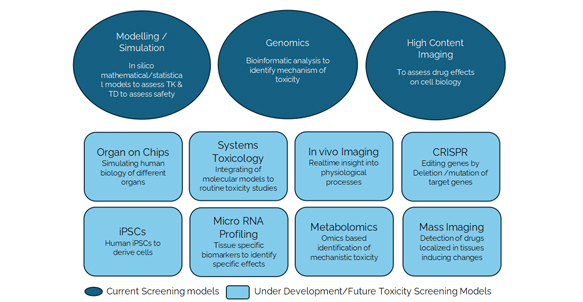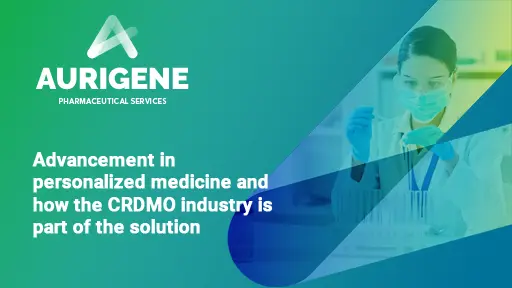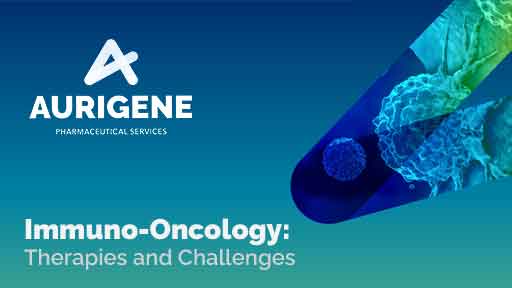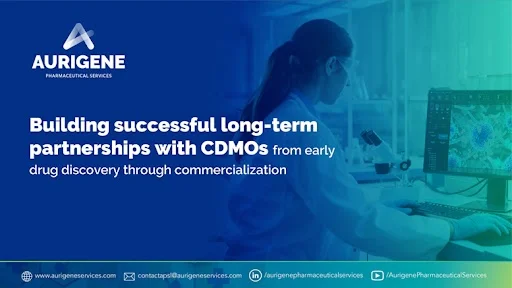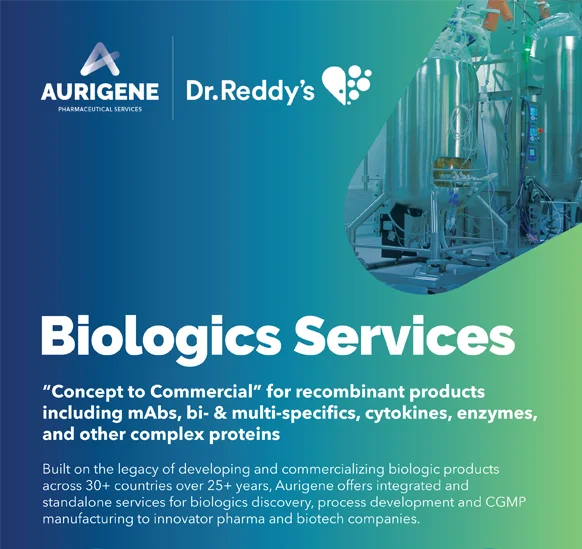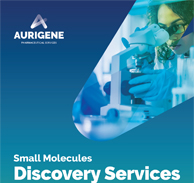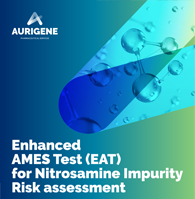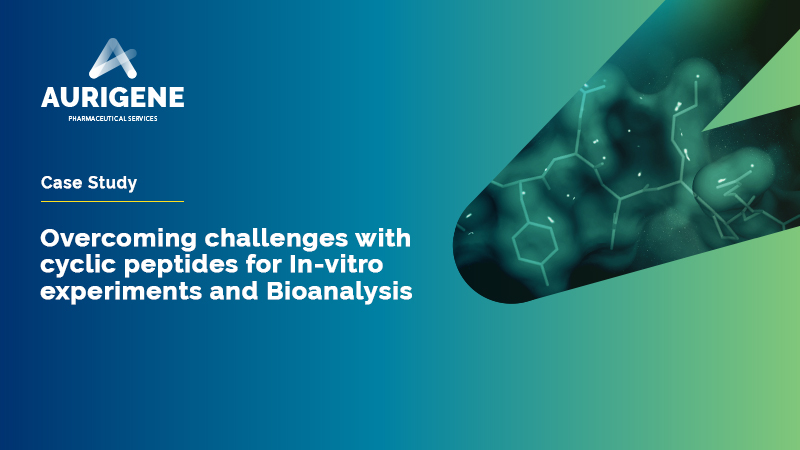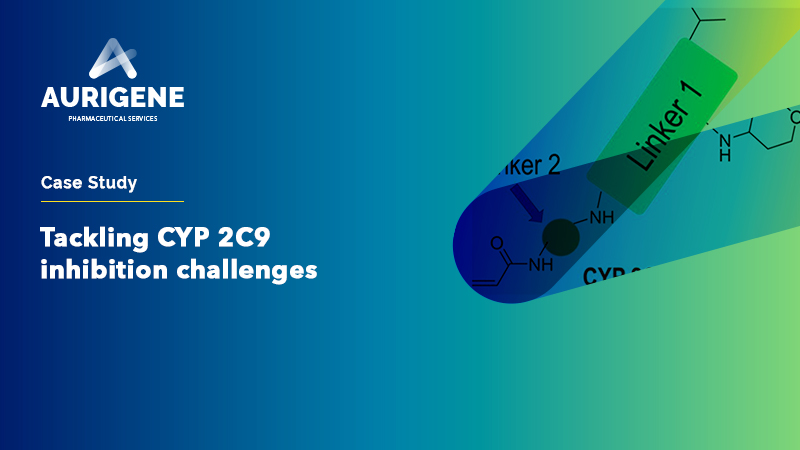The Silent Revolution in Drug Discovery: How Peptides Are Transforming Modern Medicine
In the early 20th century, when scientists first uncovered the role of peptides as biological messengers, few could have predicted the profound impact these molecules would have on modern medicine. Peptides, which are short chains of amino acids, play a crucial role in regulating a wide range of physiological processes, from metabolism to immune responses. Over the years, their therapeutic applications have expanded, reshaping the way we treat many diseases and opening new frontiers in drug discovery.
One of the earliest and most transformative peptide-based therapies was insulin, discovered in the 1920s. Before this breakthrough, diabetes was often fatal, with patients surviving only a short time after diagnosis. The ability to synthesize and administer insulin changed the course of treatment, turning a life-threatening condition into one that could be managed effectively. This success not only saved millions of lives but also set the stage for further developments in peptide-based drug therapies.
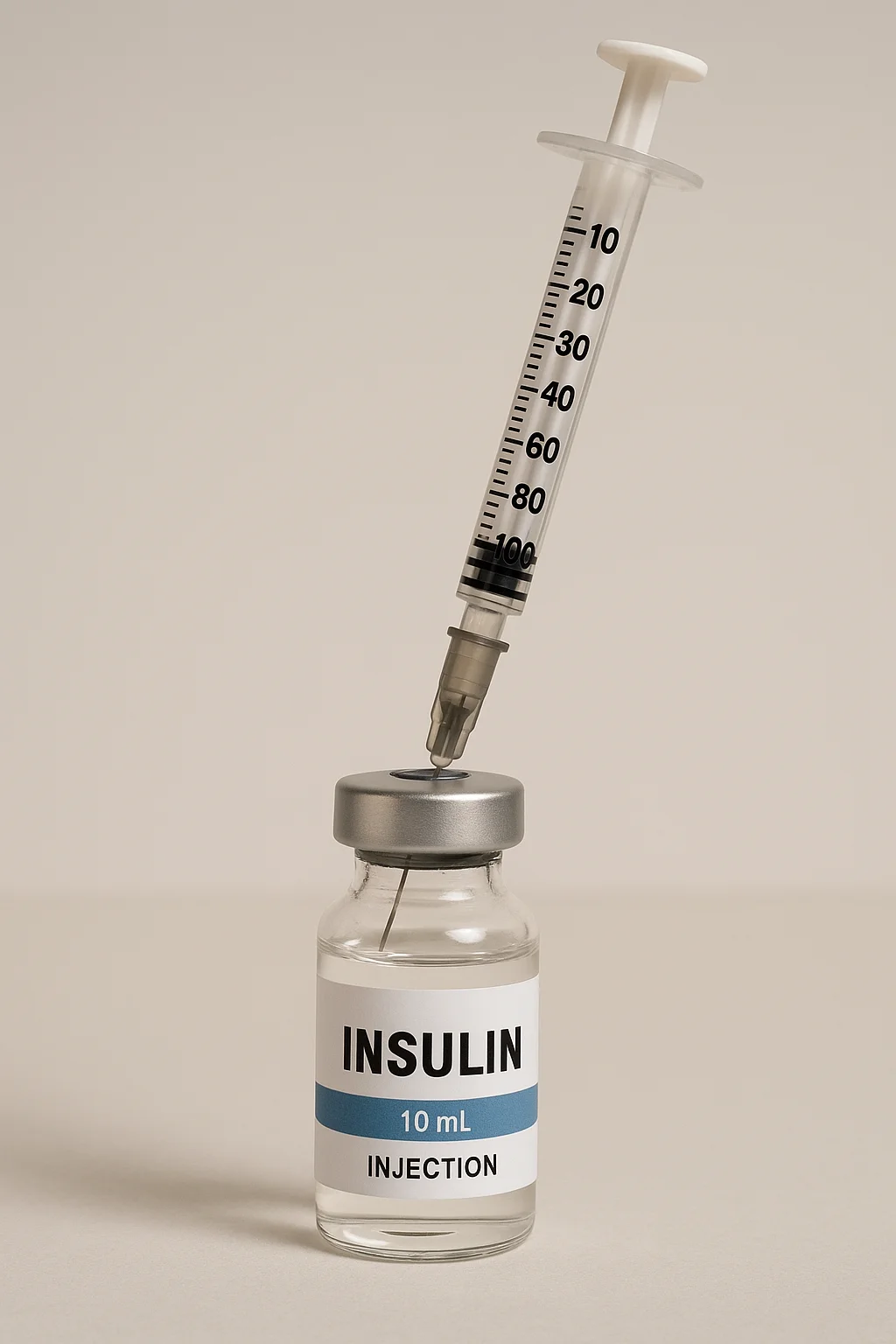
As research into peptides continued, their potential in treating various diseases became increasingly evident. In oncology, peptides have become powerful tools in fighting cancer. Peptide-based vaccines help stimulate the immune system to target tumors, while peptide-drug conjugates deliver cancer-fighting agents directly to malignant cells with precision. Drugs like Bortezomib, a proteasome inhibitor used to treat multiple myeloma, and Lutathera, a radiolabeled peptide therapy for neuroendocrine tumors, demonstrate how peptides are transforming cancer treatment.
In metabolic disorders, peptides have revolutionized the management of conditions like obesity and type 2 diabetes. GLP-1 receptor agonists such as semaglutide and tirzepatide mimic natural incretin hormones, improving blood sugar control while also promoting weight loss. These treatments have become essential tools for patients and physicians, changing the landscape of metabolic medicine.
Peptides are also being explored as the next generation of antibiotics and antiviral therapies, particularly as antibiotic resistance continues to rise. Antimicrobial peptides disrupt bacterial membranes, offering a promising alternative to traditional antibiotics. In the fight against viral infections, peptide-based therapies are being developed to prevent viruses from entering human cells, with ongoing research focused on conditions like HIV, influenza, and COVID-19.

In neurology, peptides offer hope for treating neurodegenerative diseases such as Alzheimer’s and Parkinson’s. Some peptides are designed to target and break down toxic protein aggregates in the brain, while others support neuronal survival and regeneration. These innovative approaches could pave the way for new therapies that slow or even prevent disease progression, significantly improving the quality of life for patients with neurodegenerative disorders.
From diabetes management to cancer treatment and beyond, peptides have continuously demonstrated their therapeutic power. Their unique properties—high specificity, low toxicity, and biological compatibility—make them valuable assets in drug development. As research advances, peptides will continue to play a critical role in shaping the future of medicine, offering new solutions for some of the most challenging diseases of our time.
Connect with our scientific experts for your drug discovery, development and manufacturing needs
Comprehensive Review of Peptides, Peptide Synthesis, and Peptide Modifications
Peptides are short chains of amino acids linked by peptide bonds, playing a crucial role in biological processes such as cell signaling, immune response, and enzyme activity. Unlike proteins, peptides are smaller and often act as messengers or regulators within the body. These molecules serve as hormones, neurotransmitters, antimicrobial agents, and enzyme inhibitors, making them invaluable in both physiological functions and therapeutic applications.
Peptides can be classified into natural peptides (found in living organisms) and synthetic peptides (engineered for therapeutic, diagnostic, and research purposes). Naturally occurring peptides like insulin, oxytocin, and GLP-1 regulate essential metabolic and physiological processes. Meanwhile, synthetic peptides, developed using solid-phase peptide synthesis (SPPS) or recombinant DNA technology, allow researchers to design and optimize peptides for enhanced medical applications.
Why Modify Peptides?
Despite their vast therapeutic potential, peptides face significant challenges in drug development, including:
- Short half-life due to rapid enzymatic degradation
- Poor membrane permeability, limiting their bioavailability
- Rapid clearance from the bloodstream, reducing efficacy
Peptide modifications help overcome these limitations by improving stability, solubility, receptor binding, and pharmacokinetics, ensuring better drug performance and therapeutic outcomes.
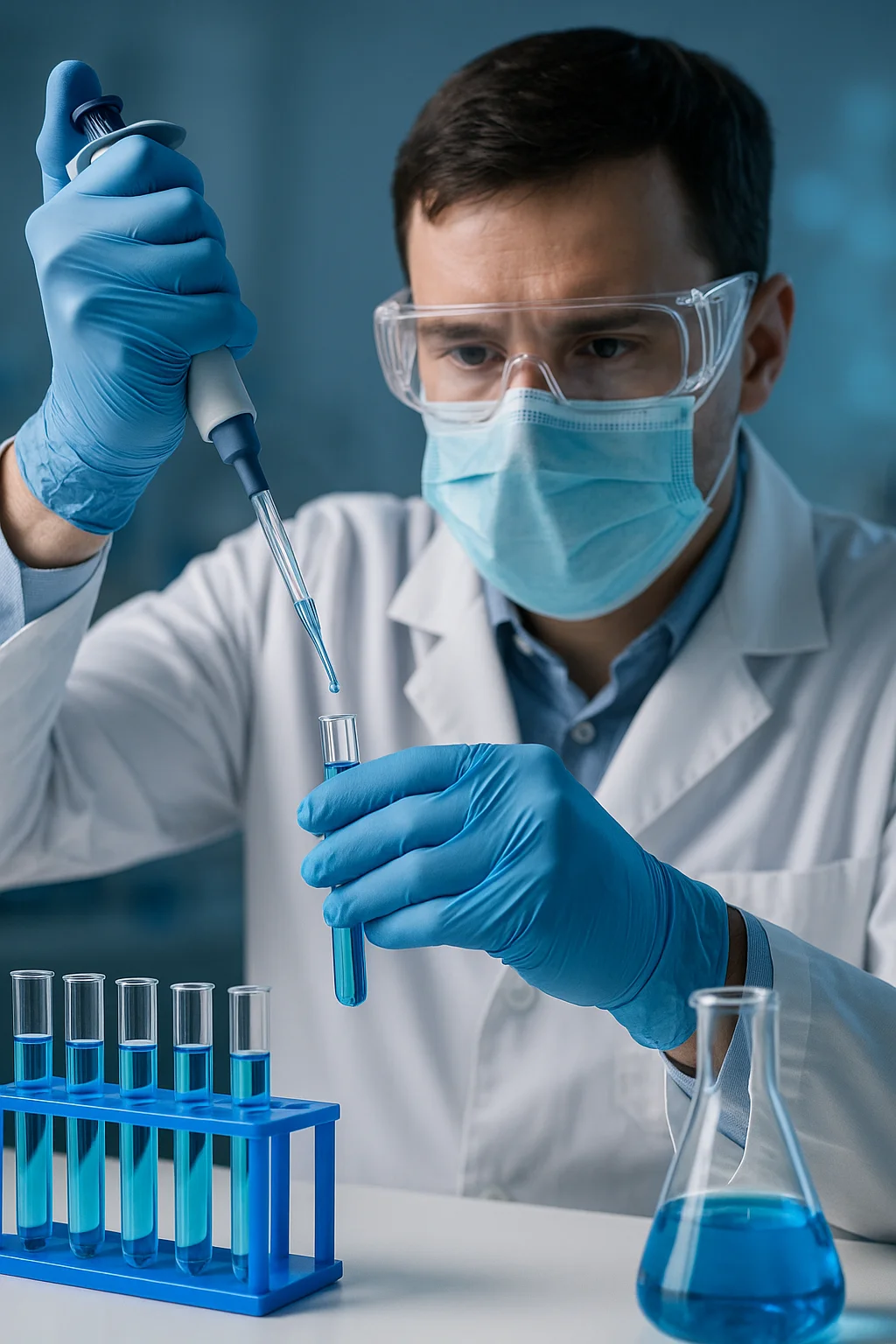
Peptide synthesis and modification
While natural peptides play crucial roles in the body, their direct use as therapeutics is often limited due to rapid degradation, poor membrane permeability, and short half-life. To overcome these challenges, researchers employ synthetic peptide synthesis and strategic modifications to enhance their stability, bioavailability, and therapeutic efficacy.
Peptide synthesis methods
Peptide synthesis allows for the precise design and assembly of peptides for research, diagnostics, and pharmaceutical applications. The two primary methods of peptide synthesis are solid-phase peptide synthesis (SPPS) and solution-phase peptide synthesis (LPPS).
- Solid-phase peptide synthesis (SPPS): SPPS is the most widely used method, enabling rapid stepwise assembly of peptides on an insoluble resin. The Fmoc (fluorenylmethoxycarbonyl) and Boc (tert-butyloxycarbonyl) protection strategies allow selective deprotection and elongation of peptide chains. This technique is particularly effective for producing short to medium-length peptides with high purity and efficiency.
- Solution-phase peptide synthesis (LPPS): LPPS is often used for large-scale peptide production, particularly when high yields are required. Unlike SPPS, LPPS offers advantages in synthesizing long-chain peptides and complex peptide structures, making it valuable for manufacturing peptide-based drugs.
These synthesis methods allow researchers to tailor peptides for specific therapeutic applications while incorporating modifications that enhance their performance in biological systems.
Peptide modifications: enhancing therapeutic potential
To optimize peptides for drug development, various chemical and structural modifications are introduced. These modifications address key limitations such as poor stability, enzymatic degradation, and limited bioavailability, ensuring peptides remain effective for therapeutic use.
1. Cyclization: improving metabolic stability and receptor binding
Cyclization is one of the most effective strategies to enhance peptide stability by introducing intramolecular bonds, which create a more rigid and stable structure. This modification helps:
- Resist enzymatic degradation, extending the peptide’s half-life.
- Increase binding affinity for biological targets, improving therapeutic potency.
- Enhance membrane permeability, allowing better intracellular delivery.
Different forms of peptide cyclization include:
- Head-to-tail cyclization: Creates a circular peptide structure, preventing degradation at terminal ends. This approach is commonly used in antimicrobial and cancer-targeting peptides.
- Disulfide bridge formation: Introduces covalent bonds between cysteine residues, stabilizing the peptide’s three-dimensional conformation.
- Side-chain-to-side-chain cyclization: Locks peptides into their active conformations, improving target selectivity and resistance to metabolic breakdown.
2. Pegylation: extending circulation time and reducing immunogenicity
PEGylation involves attaching polyethylene glycol (PEG) chains to peptides, significantly improving their pharmacokinetics. This modification:
- Increases peptide solubility, enhancing its ability to circulate in the bloodstream.
- Reduces immunogenicity, minimizing the risk of immune system detection and clearance.
- Prolongs half-life, allowing for less frequent dosing in therapeutic applications.
PEGylation is widely used in biologic drugs, including peptide hormones and cytokines, where sustained activity is essential. Pegylated interferons and peptide-drug conjugates (PDCs) have demonstrated improved therapeutic performance due to this modification.
3. Lipidation: enhancing cell membrane penetration and drug delivery
Lipidation improves the interaction between peptides and lipid bilayers, enhancing their ability to cross cell membranes. By attaching lipid chains, this modification:
- Increases peptide stability, reducing degradation in biological environments.
- Enhances receptor binding, improving drug efficacy in targeted therapies.
- Slows renal clearance, extending the drug’s duration of action.
Lipidation has been effectively used in GLP-1 receptor agonists such as liraglutide (Victoza, Saxenda) and semaglutide (Ozempic, Wegovy), significantly improving their metabolic stability and half-life.
4. Glycosylation: optimizing pharmacokinetics and immune compatibility
Glycosylation is the process of attaching sugar molecules to peptides, enhancing their stability, solubility, and immune response regulation. This modification:
- Reduces enzymatic degradation, increasing peptide longevity.
- Modulates immunogenicity, making peptide drugs more tolerable in the body.
- Improves targeting and tissue distribution, optimizing therapeutic effects.
Glycosylation is frequently applied to therapeutic peptides, antibodies, and vaccine candidates, ensuring effective and prolonged activity in the body.
5. Stapled peptides: stabilizing α-helices for intracellular targeting
- Improves protease resistance, preventing peptide degradation.
- Enhances intracellular delivery, allowing peptides to target protein-protein interactions that were previously undruggable.
- Increases binding affinity, leading to more potent and selective therapeutic effects.
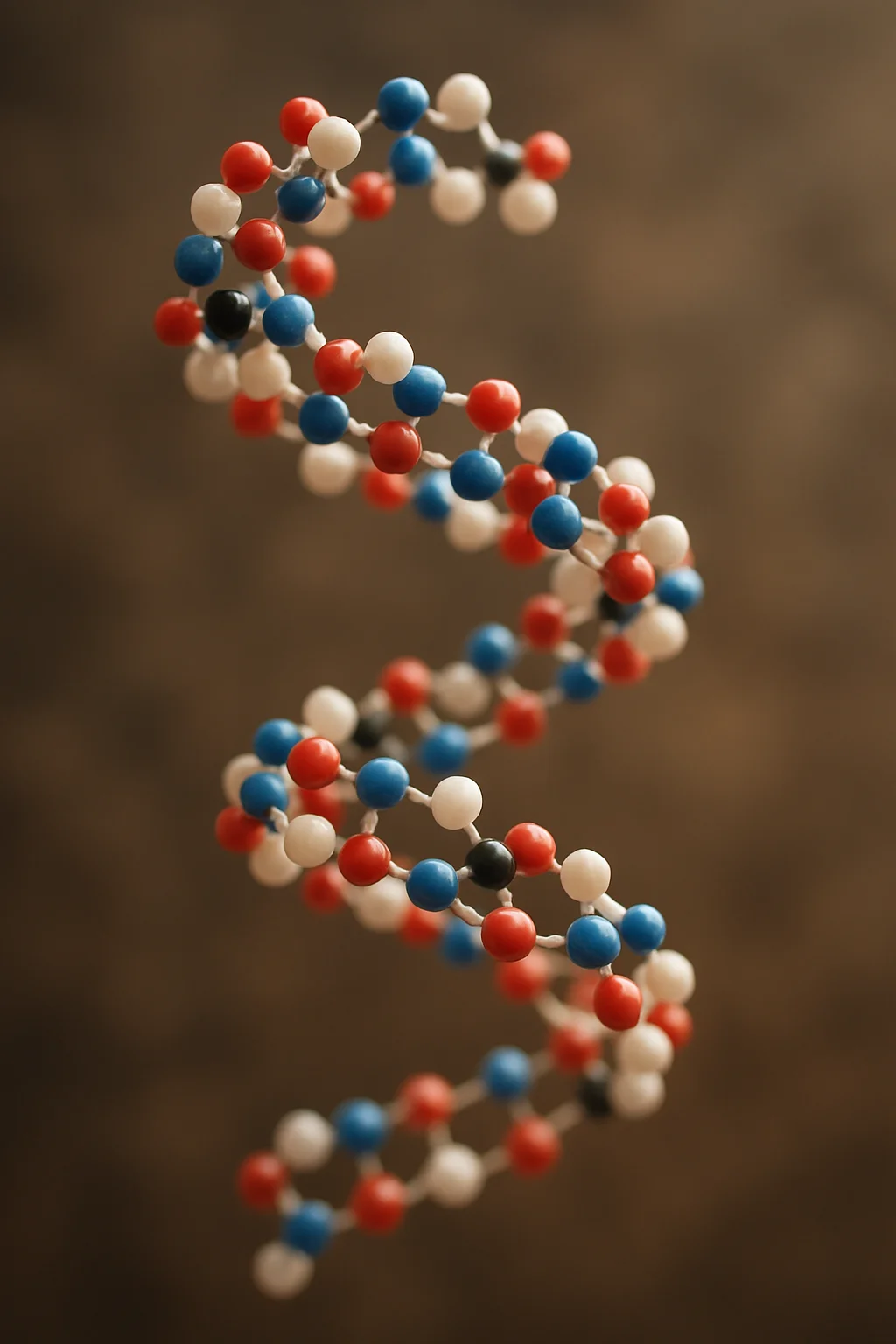
Stapled peptides are under development for oncology and autoimmune diseases, where intracellular protein interactions play a critical role in disease progression.
6. D-amino acid substitution: increasing peptide stability and bioavailability
Natural peptides are composed of L-amino acids, which are rapidly degraded by enzymes in the body. By replacing these with D-amino acids, researchers can:
- Increase resistance to enzymatic degradation, extending peptide half-life.
- Improve membrane permeability, allowing better absorption in oral formulations.
- Enhance peptide potency, as D-amino acids often have stronger binding interactions.
This modification is commonly used in antimicrobial peptides, cancer therapeutics, and peptide vaccines, where stability is a key factor in drug performance.
7. Phosphorylation and methylation: modulating peptide function
Phosphorylation and methylation play essential roles in regulating protein interactions, signaling pathways, and enzyme activity. These modifications:
- Alter peptide activity, enabling controlled activation or inhibition.
- Enhance receptor interactions, optimizing signaling efficiency.
- Improve therapeutic selectivity, reducing unwanted side effects.
Phosphorylated and methylated peptides are frequently explored in neurology and oncology, where precise control over cellular pathways is necessary for treatment success.
Applications of modified peptides in drug development
Modified peptides have revolutionized drug development by offering targeted, high-affinity therapeutics with improved safety profiles. Their applications span multiple disease areas:
- Cancer Treatment: Modified peptides serve as tumor-targeting agents, peptide-drug conjugates (PDCs), and immune modulators. Lutathera, a radiolabeled peptide, is used for neuroendocrine tumors, while stapled peptides are being investigated for disrupting oncogenic pathways.
- Metabolic Disorders: GLP-1 receptor agonists, enhanced through lipidation and PEGylation, have transformed diabetes and obesity management.
- Infectious Diseases: Antimicrobial peptides (AMPs) and antiviral peptide therapies are advancing as potential alternatives to conventional antibiotics and antivirals.
- Neurological Disorders: Modified peptides are being explored for targeting Alzheimer’s, Parkinson’s, and neuroinflammatory diseases, improving blood-brain barrier permeability and enhancing neuroprotection.
As peptide-based therapies continue to advance, new innovations such as AI-driven peptide engineering, self-assembling peptide nanostructures, and peptide-drug conjugates are expanding the possibilities for precision medicine. By leveraging state-of-the-art synthesis techniques and advanced modifications, researchers are unlocking the full potential of peptides to treat a wide range of diseases, including cancer, metabolic disorders, infectious diseases, and neurological conditions.
CDMO Offerings in the Peptide Domain
Peptide contract development and manufacturing organizations (CDMOs) provide comprehensive solutions for peptide drug development, ensuring seamless transitions from discovery to commercial production. With the increasing complexity of peptide therapeutics, pharmaceutical companies rely on CDMOs to optimize synthesis, enhance peptide properties through modifications, and meet regulatory requirements. These organizations specialize in both custom peptide synthesis and large-scale production, supporting the growing demand for peptides in oncology, metabolic disorders, neurology, and infectious diseases.
1. Comprehensive peptide synthesis services
CDMOs offer expertise in both solid-phase peptide synthesis (SPPS) and liquid-phase peptide synthesis (LPPS), ensuring the efficient production of peptides with high purity, structural integrity, and scalability. Peptide synthesis is a complex process that requires precise control over reaction conditions, reagent selection, and purification strategies to achieve high yields while minimizing byproducts.
To enhance synthesis efficiency, CDMOs optimize solvent systems, resin selection, and coupling reagents, tailoring these parameters based on the peptide’s length, complexity, and functional groups. SPPS is widely preferred for short-to-medium-length peptides and cyclic peptides, enabling rapid and automated assembly of amino acids. LPPS, on the other hand, is used for long-chain peptides and large-scale manufacturing, allowing cost-effective production with solution-phase purification.
In addition to standard peptide synthesis, CDMOs develop custom peptide sequences that meet specific therapeutic and research needs. This includes long-chain peptides, cyclic peptides, and complex peptide-drug conjugates (PDCs), ensuring seamless scalability from early-stage research to commercial manufacturing. By leveraging advanced synthesis methodologies, CDMOs help pharmaceutical companies reduce production time, enhance batch-to-batch consistency, and streamline regulatory approvals for peptide-based therapeutics.
2. Process development and optimization
CDMOs focus on optimizing synthesis routes to maximize yields, reduce impurities, and ensure cost-effectiveness in peptide drug manufacturing. Early-stage process development is critical for achieving high efficiency, as peptides can be prone to aggregation, oxidation, and incomplete coupling during synthesis. By selecting the most appropriate synthetic methodology, purification process, and reaction conditions, CDMOs help companies develop robust and reproducible manufacturing protocols.
Optimization strategies involve refining reaction temperatures, solvent compositions, and deprotection steps to minimize side reactions and increase peptide purity. Advanced purification techniques, such as high-performance liquid chromatography (HPLC), preparative chromatography, and crystallization, are used to remove impurities and improve overall yield.
Another key aspect of process optimization is automation and continuous manufacturing, which enhances batch-to-batch reproducibility while reducing production costs. The ability to adjust synthesis parameters at an early stage enables seamless scale-up, ensuring that peptides produced at research-grade levels can transition smoothly to commercial-scale production without compromising quality or regulatory compliance.
3. Peptide scale-up and GMP manufacturing
As peptide therapeutics progress from discovery to clinical trials and commercial use, scalable manufacturing becomes a critical requirement. CDMOs provide GMP-compliant manufacturing facilities that support seamless scale-up from small laboratory batches to large-scale production, ensuring that peptide-based drugs meet stringent regulatory and quality control standards.
Scale-up involves optimizing reaction kinetics, purification techniques, and solvent recovery processes to ensure high-yield production without compromising peptide quality. CDMOs leverage automated peptide synthesis platforms and continuous manufacturing technologies, which enhance efficiency, minimize waste, and reduce batch-to-batch variability.
In addition to process optimization, CDMOs facilitate technology transfer from laboratory-scale synthesis to full-scale commercial manufacturing. This involves establishing robust standard operating procedures (SOPs), quality assurance measures, and production protocols that meet FDA, EMA, and ICH guidelines. Through GMP manufacturing, CDMOs ensure that peptide therapeutics are produced under controlled conditions, maintaining consistency, stability, and reproducibility across production batches.
4. Peptide modifications and formulation development
To enhance the therapeutic properties of peptides, CDMOs employ chemical and structural modifications that improve stability, solubility, receptor specificity, and half-life. Natural peptides often face challenges such as rapid enzymatic degradation, poor membrane permeability, and low bioavailability, which limit their effectiveness as drug candidates.
CDMOs address these challenges through peptide modifications such as cyclization, PEGylation, lipidation, and stapled peptide engineering. Cyclization improves peptide stability by reducing enzymatic degradation and increasing receptor binding affinity. PEGylation and lipidation extend peptide half-life by reducing renal clearance and improving solubility, making them ideal for metabolic and oncology-related peptide therapeutics. Stapled peptides introduce hydrocarbon bridges that stabilize α-helical conformations, enhancing intracellular delivery and target specificity.
Beyond modification, CDMOs develop novel peptide formulations to optimize drug delivery. These include microspheres, nanoparticles, and liposomal delivery systems, which enhance peptide stability, enable controlled release, and improve pharmacokinetics. Such formulation strategies are particularly beneficial for peptide-based cancer treatments, metabolic disorders, and neurological therapies, where precise targeting and prolonged activity are essential.
5. Analytical and quality control services
Ensuring high peptide purity, stability, and batch-to-batch consistency is crucial for regulatory approval and commercial success. CDMOs provide comprehensive analytical and quality control services, employing advanced techniques to validate peptide identity, structural integrity, and impurity profiles.
High-performance liquid chromatography (HPLC) and mass spectrometry (MS) are commonly used for peptide purity assessment and molecular weight confirmation. Nuclear magnetic resonance (NMR) spectroscopy helps determine peptide conformation and structural integrity, while circular dichroism (CD) spectroscopy is used to analyze secondary structures and folding patterns.
To assess stability, CDMOs conduct rigorous stability studies under ICH guidelines, simulating various storage conditions to evaluate peptide degradation, oxidation, and aggregation over time. Forced degradation studies and impurity profiling help refine purification strategies, ensuring that final products meet the highest standards of quality and efficacy.
By integrating these analytical tools, CDMOs ensure that peptide-based drugs comply with global regulatory requirements, minimizing risks associated with variability, degradation, or contamination. This level of quality assurance is essential for obtaining regulatory approvals and market authorization in competitive pharmaceutical landscapes.
6. Regulatory support and compliance
Peptide-based therapeutics require extensive regulatory documentation and compliance measures to obtain market approval from agencies such as the FDA, EMA, and other global health authorities. CDMOs provide critical regulatory support, guiding pharmaceutical companies through the complex submission process for investigational new drug (IND) and new drug application (NDA) filings.
A key aspect of regulatory compliance is the preparation of chemistry, manufacturing, and controls (CMC) documentation, which details the peptide’s formulation, manufacturing process, quality control measures, and stability data. CDMOs ensure that all production stages adhere to good manufacturing practices (GMP) and international regulatory standards, minimizing delays in approval.
Additional regulatory services include stability testing, batch record validation, and quality assurance audits, ensuring that each peptide batch meets strict specifications for purity, potency, and reproducibility. CDMOs also provide guidance on addressing regulatory queries, filing post-approval variations, and maintaining compliance throughout the drug’s lifecycle.
By leveraging CDMO expertise in regulatory affairs, pharmaceutical companies can accelerate the approval process, minimize compliance risks, and successfully bring peptide-based therapeutics to market. Their role in ensuring regulatory alignment, process standardization, and quality control makes them indispensable partners in peptide drug development.
What Aurigene offers
- State-of-the-art Microwave Synthesis: High-throughput, environmentally friendly synthesis enabling complex peptide chemistry, including hindered and N-alkylated amino acids.
- Automated Peptide Synthesizers:
- CEM automated microwave peptide synthesizer: An ultra-efficient microwave assisted peptide synthesizer generating high quality peptide in ultra-quick time.
- Automated Parallel Peptide Synthesizer: A state of the art parallel peptide synthesizer offering great flexibility and advanced options.
- Analytical Infrastructure & Purification Technologies:
- Flash chromatography
- Reverse phase purification
- Ion exchange chromatography
- Salt exchange technologies
- Preparative HPLC lyophilizer
- LC-MS
- Analytical HPLCs
- Lyophilizers
- Large-Scale Manufacturing: US FDA-inspected manufacturing sites.
Aurigene services
Tailored peptide synthesis services
- Custom Peptide Synthesis: From discovery to manufacturing, covering simple to complex peptide forms.
- Peptide Analysis & Characterization:
- Purity and mass determination
- Salt content analysis (TFA)
- Water content measurement
- De-convoluted mass for higher molecular weight peptides (UPLC enabled LC-MS with single-quadrupole, TOF detectors)
- Peptide Optimization: Enhancing pharmacological properties to improve bioavailability and ADME parameters.
- Peptide Scale-Up & Discovery: Seamless transition from research-scale synthesis to commercial manufacturing.
- End-to-End Peptide Solutions: Covering discovery, development, and manufacturing.
- Core Competencies:
- Linear, cyclic and branched peptides
- Backbone modifications: N-alkylated amino incorporation, C-terminus modifications, non-ribosomal peptides and peptide nucleic acids (PNA’s)
- Cyclizations/Side-chain modified peptides: Head-to-tail, side-chain to side chain/head/tail, bicyclic and tricyclic cores, stapled peptides, multiple disulfide and thio-ether bridged peptides
- Conjugations/Derivatized peptides: Click chemistry, maleimide-thiol conjugation, Pegylation/lipidation, bio-isosteres, DOTA derivatization, fluorescent probes, DBCO/BCN conjugations
- Peptides up to 80 amino acids with complex modifications
- Advanced Peptide Characterization: Utilizing cutting-edge analytical tools.
- Global Collaborations: Partnering with major pharmaceutical companies in the USA and Europe.
Resources
Custom Peptide Synthesis – From Discovery to Manufacturing

Aurigene Pharmaceutical Services delivers end-to-end peptide synthesis solutions, specializing in linear to complex modified peptides with advanced microwave synthesis and high-throughput capabilities for optimized drug development.
Download our Custom Peptide Synthesis Flyer to explore our full range of services and capabilities.
Case Study: LC-MS/MS Method for Quantification of a Highly Polar Peptide
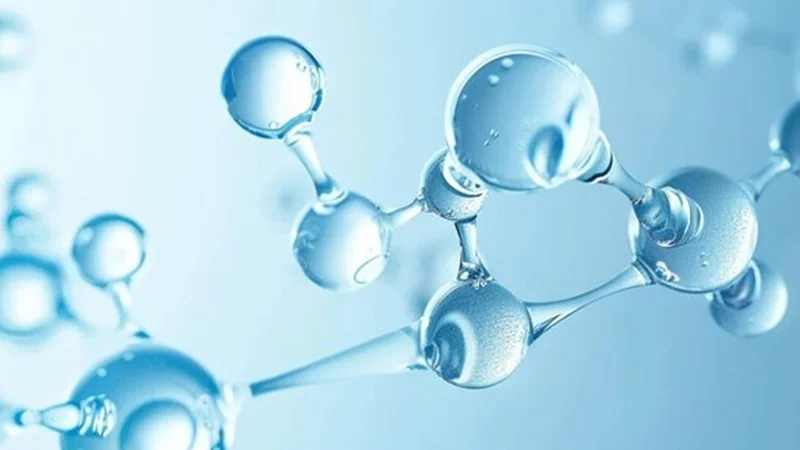
Discover how Aurigene Pharmaceutical Services developed a robust LC-MS/MS method to accurately quantify a highly polar, rarely encountered peptide, overcoming analytical challenges with precision and reliability.
Read the full case study here.
Case Study: Novel Methodology for Macrocyclic Peptide Formulation
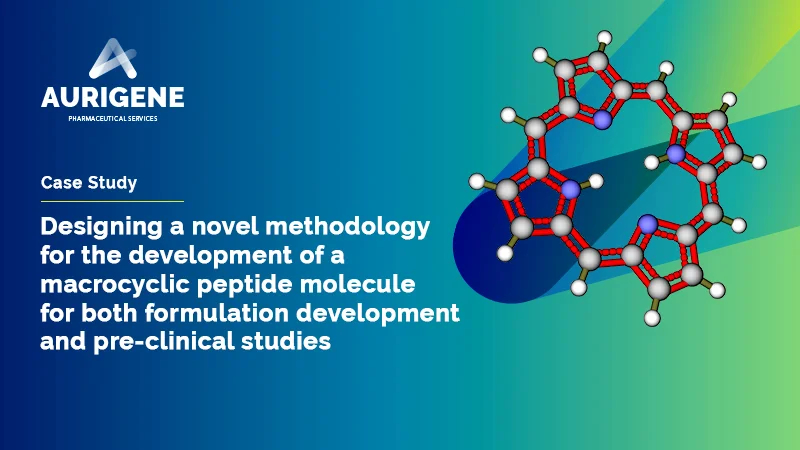
Explore how Aurigene Pharmaceutical Services designed an innovative methodology for macrocyclic peptide formulation development, ensuring enhanced stability and efficacy.
Read the full case study here.
Case Study: Overcoming Manufacturing Challenges for a Peptidomimetic Molecule
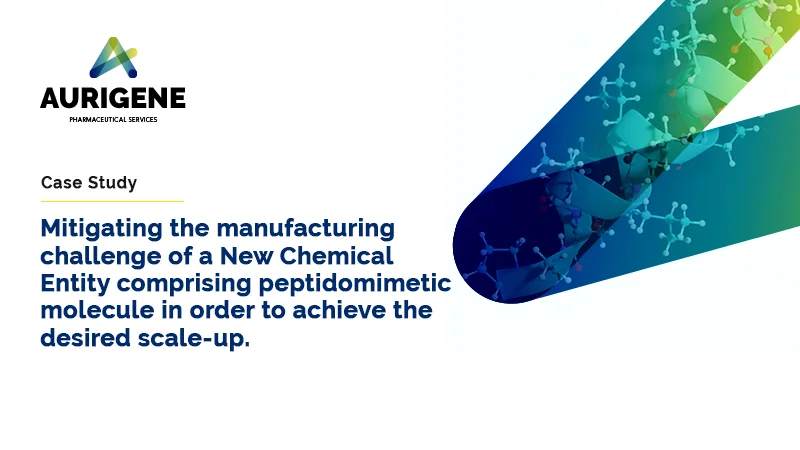
Learn how Aurigene Pharmaceutical Services successfully mitigated manufacturing challenges for a new chemical entity comprising a peptidomimetic molecule, ensuring efficient production and scalability.
Read the full case study here.
White Paper: Peptide Development and Manufacturing
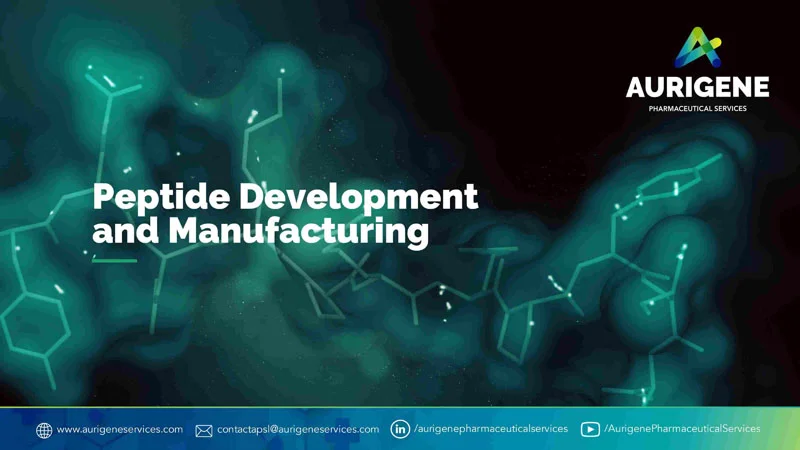
Gain insights into the fundamentals of peptide development, from synthesis to large-scale manufacturing. Explore key strategies for optimizing peptide drug development and ensuring high-quality production.
Read the full white paper here.
Future Direction of Peptides in the Pharma Industry
The global peptide therapeutics market is evolving rapidly, driven by advancements in technology, innovative drug delivery approaches, and an increasing demand for peptide-based treatments across multiple therapeutic areas. With the peptide CDMO market expected to surpass $5 billion by 2030, pharmaceutical companies are making significant investments in peptide research, particularly in oncology, metabolic disorders, and neurodegenerative diseases. As drug development continues to push boundaries, several key trends are shaping the future of peptide therapeutics, from AI-driven drug discovery to more sustainable manufacturing solutions.
AI-driven peptide drug discovery
Artificial intelligence (AI) and machine learning (ML) are revolutionizing the way peptides are designed and optimized. By leveraging large datasets and predictive algorithms, AI-driven tools can identify promising peptide candidates with enhanced stability, receptor binding affinity, and bioavailability—all within a fraction of the time required by traditional methods. These tools allow researchers to analyze vast peptide libraries, predict potential interactions with biological targets, and screen for optimal pharmacokinetic and pharmacodynamic properties.
AI is also transforming de novo peptide design, where entirely new peptides are created based on functional requirements rather than modifications of existing structures. This is particularly useful for targeting previously undruggable proteins, such as intracellular protein-protein interactions. By reducing trial-and-error experiments and enabling precision-driven drug discovery, AI is accelerating the development pipeline for next-generation peptide therapeutics.
Oral and non-invasive peptide delivery
For years, peptide-based drugs were limited to injectable formulations due to their susceptibility to enzymatic breakdown and poor absorption in the gastrointestinal tract. However, recent innovations in peptide stabilization, permeability enhancers, and nanoparticle-based delivery are transforming how peptides are administered, making oral, transdermal, and inhalable peptide drugs a reality.
Lipid-based peptide formulations and peptide-coated nanoparticles are overcoming the challenges of poor intestinal absorption by protecting peptides from enzymatic degradation and enhancing their transport across the gut lining. This is a game-changer for diseases such as diabetes, osteoporosis, and chronic inflammatory conditions, where frequent injections have long been a burden for patients.
Beyond oral delivery, transdermal patches and inhalable peptide formulations are being explored for neurological, cardiovascular, and respiratory disorders. These non-invasive methods enhance patient compliance, reduce administration-related side effects, and expand the commercial potential of peptide-based drugs by making them more accessible and convenient.
Next-generation peptide modifications
The next wave of peptide modifications is addressing key limitations such as short half-life, low bioavailability, and suboptimal target specificity. Among the most promising advancements are macrocyclic peptides, peptide-small molecule hybrids, and self-assembling peptide nanostructures, all of which are expanding the therapeutic potential of peptides.
Macrocyclic peptides are gaining significant attention for their ability to stabilize bioactive conformations, resist enzymatic degradation, and bind to previously undruggable targets. These peptides have shown great promise in treating cancers, autoimmune diseases, and neurological disorders.
Peptide-small molecule hybrids are an emerging class of therapeutics that combine the metabolic stability of small molecules with the high specificity of peptides, improving drug performance and extending the range of treatable conditions. These hybrid structures are particularly useful in oncology and targeted therapies, where precision is critical.
Meanwhile, self-assembling peptide nanostructures are opening new possibilities in drug delivery, regenerative medicine, and tissue engineering. These structures can be engineered to mimic natural extracellular matrices, aiding in wound healing and organ regeneration. In drug delivery, peptide nanostructures can encapsulate therapeutic agents, allowing for controlled and sustained release, thereby improving treatment efficacy.
Expansion of peptide-based cancer therapies
Cancer research is increasingly focused on peptide-based immunotherapies and tumor-targeting peptides, which are reshaping oncology treatment strategies. One of the most exciting developments is the use of peptide-based cancer vaccines, which stimulate the immune system to recognize and attack tumor cells. These vaccines have shown promise in clinical trials, particularly in the treatment of melanoma, lung cancer, and prostate cancer.
Peptide-drug conjugates (PDCs) are also revolutionizing cancer treatment by improving targeted drug delivery and minimizing systemic toxicity. By linking cytotoxic agents to tumor-targeting peptides, PDCs enhance selectivity for cancer cells while sparing healthy tissues, reducing the severe side effects commonly associated with chemotherapy.
Radiolabeled peptide therapies, such as peptide receptor radionuclide therapy (PRRT), are further advancing the field. These treatments deliver radioactive isotopes directly to tumors using peptide-based targeting mechanisms, providing a precise and less invasive approach to cancer therapy. Stapled peptide technologies, which increase intracellular peptide stability and tumor penetration, are also being explored to improve the efficacy of peptide-based anticancer drugs.
Personalized medicine and peptide biomarker discovery
Peptides are playing a crucial role in the evolution of precision medicine, particularly in biomarker discovery and individualized treatment approaches. Advances in peptide-based microarrays, companion diagnostics, and biosensors are enabling earlier disease detection and better patient stratification, allowing doctors to tailor treatments based on a person’s genetic and metabolic profile.
Peptide biomarkers are being used to monitor disease progression, predict treatment responses, and guide therapy selection in conditions such as cancer, cardiovascular diseases, and neurodegenerative disorders. This shift toward personalized medicine is improving treatment efficacy, reducing adverse effects, and optimizing drug development pipelines by identifying which patients are most likely to benefit from a particular therapy.
Additionally, peptide-based biosensors are being explored for real-time monitoring of biological processes. These sensors could revolutionize disease diagnosis and management by providing continuous health tracking, allowing for early intervention in conditions such as diabetes, sepsis, and infectious diseases.
Sustainable and cost-effective peptide manufacturing
As demand for peptide-based drugs continues to rise, pharmaceutical companies and CDMOs are increasingly prioritizing sustainable and cost-effective manufacturing solutions. Traditional peptide synthesis involves large volumes of organic solvents and energy-intensive purification processes, leading to environmental concerns and high production costs.
To address this, CDMOs are investing in green chemistry approaches, continuous manufacturing, and recombinant peptide production. Green chemistry principles focus on reducing solvent use, optimizing atom efficiency, and employing biodegradable reagents, making peptide synthesis more environmentally friendly. Continuous manufacturing, on the other hand, enhances production efficiency by minimizing waste, reducing downtime, and improving scalability.
Recombinant DNA-based peptide production is emerging as an alternative to chemical synthesis, offering a more sustainable and scalable approach. By using microbial or mammalian cell expression systems, recombinant peptide production reduces solvent consumption, increases yield, and improves overall cost-effectiveness. This method is particularly beneficial for long-chain peptides, therapeutic enzymes, and vaccine peptides, where chemical synthesis is challenging or inefficient.
As the industry moves toward sustainability and process efficiency, optimizing cost-effective manufacturing solutions will be essential for long-term success in peptide drug development. Companies that embrace these innovations will not only reduce production costs and environmental impact but also increase global accessibility to life-saving peptide-based medicines.
Peptides continue to demonstrate their potential across oncology, metabolic disorders, infectious diseases, and neurological conditions. With innovations in AI-driven design, advanced modifications, and sustainable manufacturing processes, the peptide market is poised for exponential growth. CDMOs remain integral partners in this evolution, providing expertise in synthesis, formulation, and regulatory compliance to accelerate the development of next-generation peptide therapeutics.


